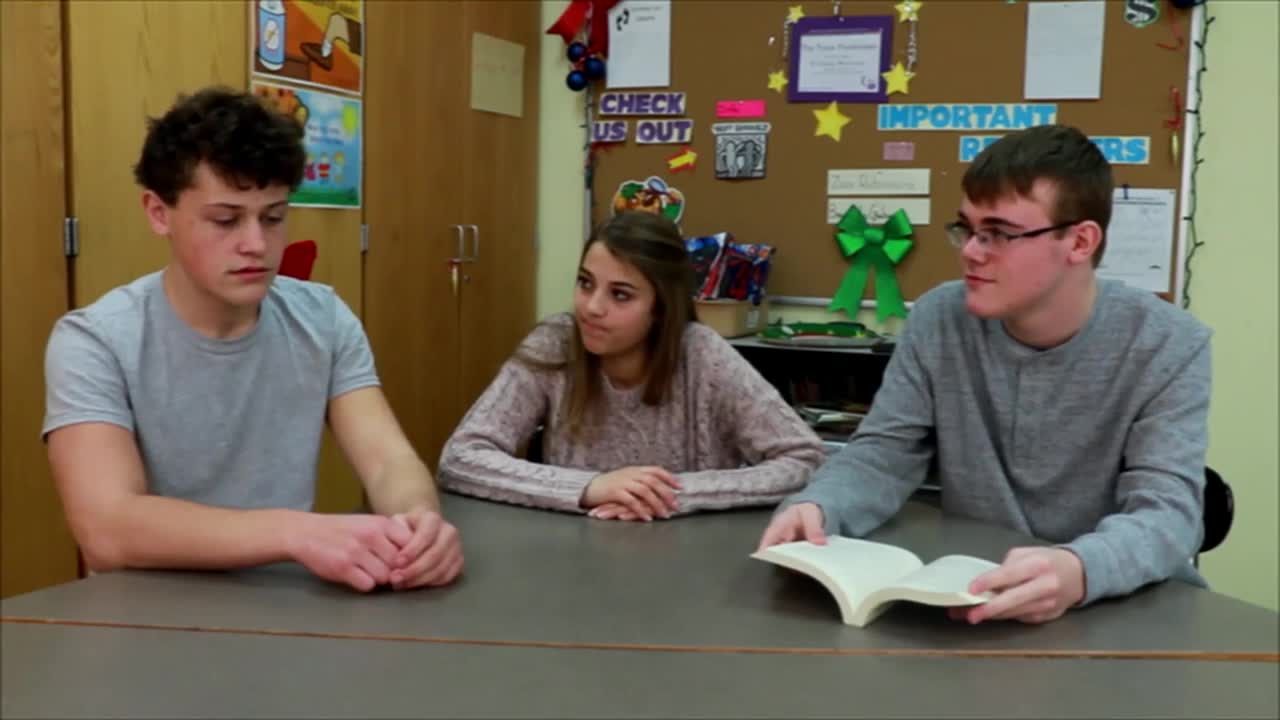Introduction
The Two Sides game is a valuable tool for educators working with special education students, focusing on social-emotional learning and encouraging thoughtful communication. In this game, students learn to differentiate between thoughts that should be shared and those that are better left unsaid. Through this activity, students develop the skill of using a filter, promoting positive interactions and reducing the risk of inadvertently hurting or offending others. This blog post will provide an overview of the game, a no-prep activity, discussion questions, related skills, and next steps for incorporating this concept into your classroom.
No-Prep Activity
Begin by dividing your class into pairs or small groups. Explain the purpose of the Two Sides game and introduce the concept of “Think It or Say It.” Give students a variety of scenarios and ask them to decide whether the statement in question should be thought or said aloud. Encourage students to discuss their reasoning and consider the potential consequences of their choices. Some sample scenarios include:
- A classmate shares their artwork, but you don’t find it particularly appealing.
- Someone is struggling with their schoolwork, and you know how to help.
- You notice a friend has a stain on their shirt.
- A classmate accidentally bumps into you in the hallway.
After completing the activity, bring the class back together and discuss the various scenarios and decisions made by the groups. This will allow students to learn from one another and further develop their understanding of the concept.
Discussion Questions
- Why is it important to differentiate between thoughts that should be shared and those that are better left unsaid?
- Can you think of a time when you said something that should have been kept as a thought? How did it affect the situation and the people involved?
- How can using a filter in our communication help us build better relationships with others?
- What are some strategies you can use to determine whether a thought should be shared or kept to yourself?
- How can practicing the Two Sides game help you improve your social-emotional skills?
Related Skills
As students develop their understanding of the Two Sides game, they will also be enhancing several other important social-emotional skills. These include:
- Empathy: Understanding and considering the feelings of others when deciding whether to share a thought.
- Active Listening: Paying attention to what others are saying and responding appropriately.
- Respect: Treating others with kindness and consideration, even when we may not agree with their opinions or actions.
- Self-Awareness: Recognizing our own thoughts and feelings and how they might impact our interactions with others.
Next Steps
Now that you have an understanding of the Two Sides game and its benefits for special education students, it’s time to begin incorporating it into your classroom. To help you get started, we invite you to sign up for free samples of this skill and others at Everyday Speech. These resources will provide you with additional guidance and support as you work to promote social-emotional learning in your students.






